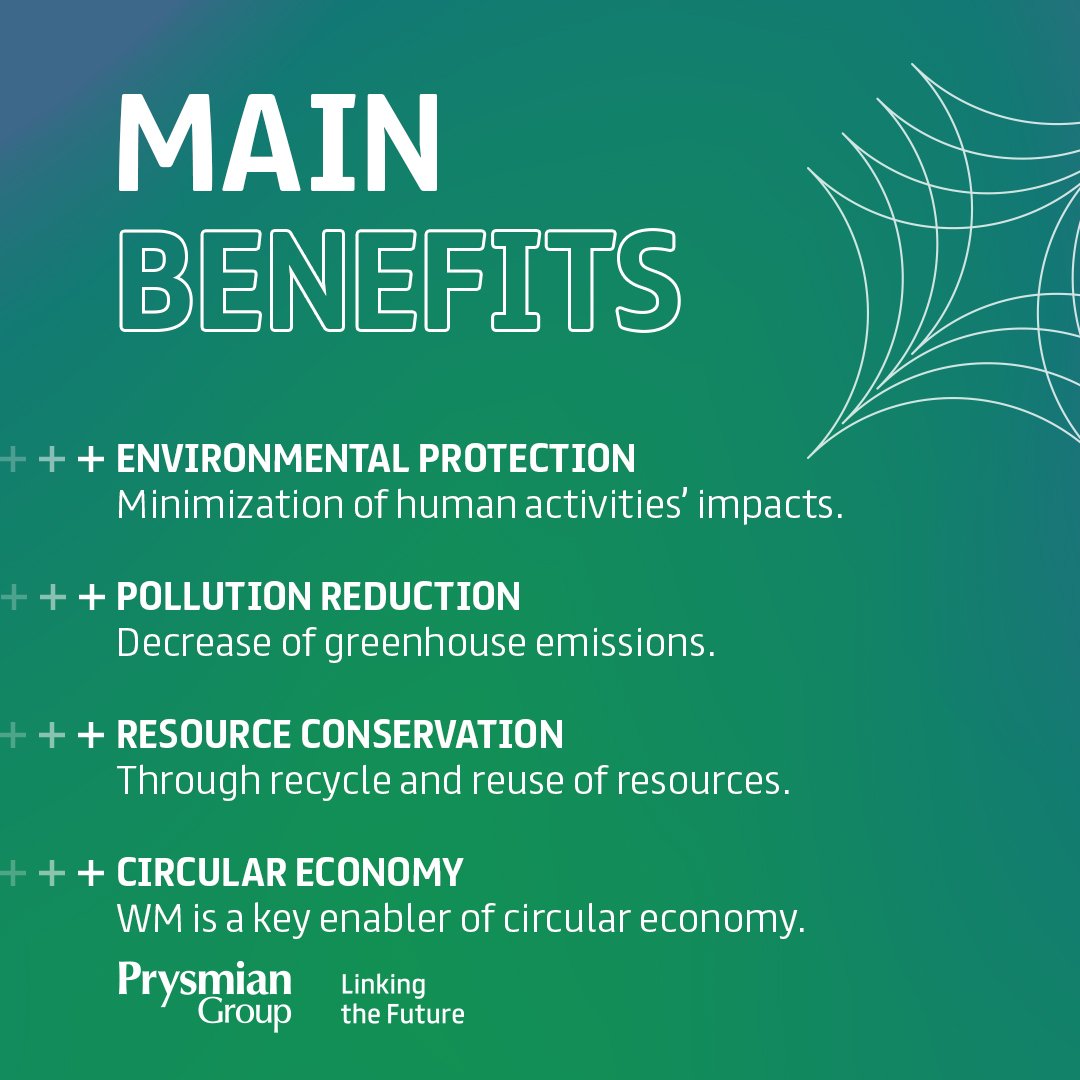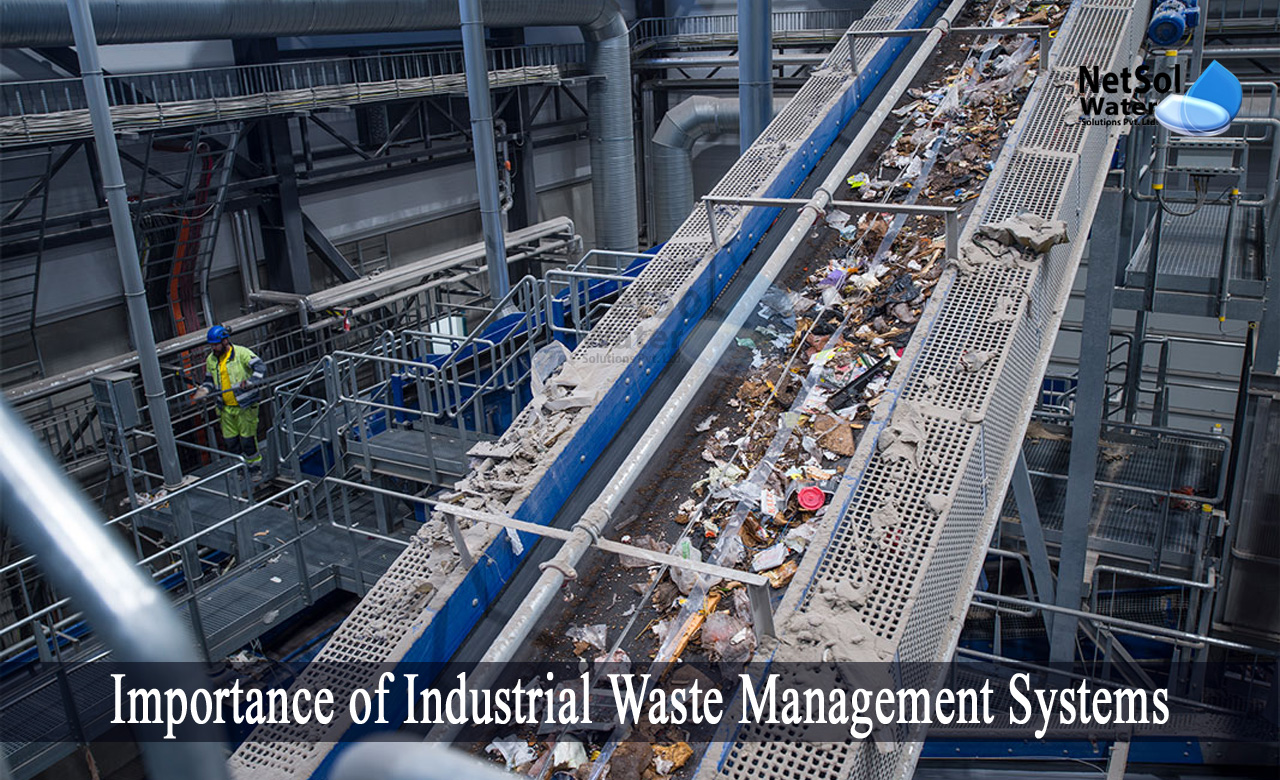The Basic Principles Of Reclaim Waste
The Basic Principles Of Reclaim Waste
Blog Article
The smart Trick of Reclaim Waste That Nobody is Discussing
Table of ContentsReclaim Waste Things To Know Before You BuyThe Reclaim Waste DiariesSome Known Incorrect Statements About Reclaim Waste The Ultimate Guide To Reclaim WasteReclaim Waste for Beginners
Explore the types, events, and forms of fluid waste. Residential sewage waste describes the waste and products from a residential sewage-disposal tank. This kind of waste is created by human beings in homes, schools, and various other buildings. This only consists of sewage-disposal tanks that have a drain area. The appropriate administration and disposal of domestic sewer waste call for liquid waste to be moved to a sewage treatment plant where the appropriate techniques and devices are used to cleanse and take care of waste.
Commercial waste usually includes potential dangers, such as combustible materials or a blend of fluid and solid waste products, and needs an advanced and detailed disposal process. The disposal of business waste generally entails the purification of waste before transportation to make certain safe and appropriate disposal. Hazardous waste is produced from by-products and drainage of industrial procedures and production.
This kind of waste can not use the very same sewer administration transport or procedures as septic or commercial liquids. The hazardous waste administration procedure calls for the evaluation and testing of liquid waste prior to it undergoes the disposal process (industrial wastewater treatment). Runoff waste is the liquid waste that comes from runoff and excess stormwater in highly populated locations or cities
Runoff waste can create contamination and flooding if not handled correctly. Ensuring correct waste monitoring can stop disasters and reduce ecological damage.
The Best Guide To Reclaim Waste
Call PROS Providers today to learn more about our waste monitoring and disposal solutions and the correct methods to look after the fluid waste you generate.
(https://anotepad.com/note/read/pkncyr85)This supposed 'wastewater' is not only an important source however, after therapy, will certainly be released to our land, rivers or the ocean. Used water from commodes, showers, baths, kitchen sinks, washings and industrial processes is recognized as wastewater.

water made use of to cool down equipment or clean plant and tools). Stormwater, a form of wastewater, is overflow that streams from go to website farming and city areas such as roofings, parks, gardens, roads, paths and rain gutters right into stormwater drains, after rain. Stormwater streams neglected straight to local creeks or rivers, eventually reaching the ocean.
What Does Reclaim Waste Mean?
In Queensland, most wastewater is treated at sewage treatment plants. Wastewater is delivered from domestic or industrial websites with a system of sewage systems and pump stations, referred to as sewage reticulation, to a sewer treatment plant. City governments build, preserve and run most sewer therapy plants. Operators are certified under the Environmental Defense Act 1994 to discharge cured wastewater at an appropriate environmental standard right into waterways.
The Division of Natural Resources recommends city governments concerning handling, operating and preserving sewerage systems and therapy plants. In unsewered locations, regional governments might call for homeowners to install specific or family sewage treatment systems to deal with residential wastewater from toilets, kitchen areas, washrooms and washings. The Department of Natural Resources authorizes using home systems when they are proven to be effective.
In some brand-new communities, therapy of some stormwater to get rid of clutter, sand and gravel has begun utilizing gross contaminant catches. Wastewater treatment happens in 4 stages: Gets rid of solid matter.
Wastewater then streams right into big containers where solids settle and are eliminated as sludge. Grease and residue are skimmed from the surface. Uses little living organisms knows as micro-organisms to break down and remove continuing to be dissolved wastes and great bits. Micro-organisms and wastes are incorporated in the sludge. Gets rid of nitrogen and phosphorus nutrients that might create algal blooms in our rivers and endanger aquatic life.
Reclaim Waste Can Be Fun For Everyone
Nutrient elimination is not readily available at all sewage treatment plants because it calls for costly specialised devices. Clear liquid effluent produced after treatment may still contain disease-causing micro-organisms - liquid waste removal.

This typically indicates wastewater has actually to be treated or contaminants gotten rid of prior to it can be discharged to waterways. Most wastewater flows right into the sewerage system. Under the Act, city governments carry out authorizations and permits for ecologically pertinent activities (ERAs) including wastewater launches that could have a local influence. The department administers approvals and licences to Ages involving wastewater launches that could have a regional or statewide impact.
Getting The Reclaim Waste To Work
Otherwise, samples are considered laboratory analysis. Often numerous examinations are needed to establish the levels of each of the different pollutants such as oils, heavy metals and pesticides in water. Tracking gives factual information concerning water top quality and can confirm that permit problems are being met. The details obtained through monitoring supplies the basis for making water quality decisions.
Report this page